Splunk AI is an integrated suite of AI-powered solutions designed for security and observability.
Introduction
Splunk AI is an integrated suite of AI-powered solutions designed for security and observability. It is not a single tool but rather a core part of the Splunk platform, built to help security, IT, and engineering teams detect, investigate, and respond to incidents faster. By leveraging machine learning and generative AI, Splunk AI transforms vast volumes of machine data into actionable insights.
The platform’s AI capabilities are purpose-built to augment human intelligence, helping teams separate critical signals from noise, predict outages before they occur, and accelerate troubleshooting across complex digital ecosystems.
AI-Powered
AI-Native Data Platform
Security & Observability
Human-in-the-Loop
Predictive Analytics
Review
Splunk AI is known for its powerful and deeply integrated AI capabilities, which are specifically designed for the mission-critical domains of security and observability. The platform’s primary strength is its AI-native data platform, which processes machine data at scale to provide real-time insights with unparalleled precision.
The AI assistant for Search Processing Language (SPL) is a standout feature, democratizing data analysis by translating natural language into complex queries. While the learning curve can be steep and the pricing model is complex, the value it provides in reducing alert noise, predicting incidents, and accelerating a Mean Time to Respond (MTTR) is significant. Splunk AI is an indispensable tool for any enterprise seeking to build digital resilience and leverage AI to operate more securely and reliably.
Features
AI Assistant for SPL
A generative AI-powered assistant that translates natural language into complex Search Processing Language (SPL) queries. It makes data analysis more accessible to users of all skill levels.
AI-Driven Incident Prediction (AIOps)
Uses machine learning to identify anomalies, correlate events, and predict future incidents, helping to proactively prevent outages.
AI for Security
AI capabilities are embedded in security products to summarize findings, generate contextual reports, and provide workflow validations for faster incident response.
AI for Observability
An AI assistant helps troubleshoot by analyzing traces, logs, and metrics, pinpointing root causes and reducing mean time to resolution (MTTR).
Machine Learning Toolkit (MLTK)
A free application that allows users to build, train, and deploy their own custom machine learning models on their Splunk data.
Smart Analytics
AI-powered features like sentiment analysis and anomaly detection help teams extract meaningful insights from unstructured data.
Best Suited for
Security Operations (SecOps) Teams
Ideal for threat detection, incident investigation, and automating security playbooks.
IT Operations (ITOps) Teams
Excellent for monitoring application health, predicting outages, and reducing alert noise.
Site Reliability Engineers (SREs)
Perfect for accelerating troubleshooting, finding root causes of performance issues, and optimizing service delivery.
Data Scientists
A valuable platform for building and deploying custom machine learning models on a vast, unified dataset.
DevOps & Engineering Teams
Helps with code analysis, performance monitoring, and ensuring application reliability.
Enterprise-level Businesses
A comprehensive, scalable solution for large organizations with complex digital environments and high data volumes.
Strengths
The platform is built to handle petabytes of data, making it the industry leader for large-scale security and observability needs.
Splunk’s AI philosophy emphasizes a “human-in-the-loop” approach and domain-specific models, ensuring that the AI is trustworthy.
The platform is highly extensible, allowing users to apply their own custom AI models and integrations to fit specific business needs.
The predictive analytics and monitoring capabilities help organizations proactively maintain system health.
Weakness
The power of Splunk’s platform and its Search Processing Language (SPL) can be complex for new users.
While highly flexible, managing and optimizing data ingestion can be a complex and resource-intensive process.
Getting started with: step by step guide
Midjourney is an AI tool designed for your imagination to come alive through text-to-image generation capabilities. Midjourney is here for you; whether you’re an experienced designer or just trying out AI art. Not only has it implemented such a mind-bogglingly simple way of creating fascinating images-all AI-generated, but also very little effort is required from the user ‘s side. Additionally, Midjourney is an effective tool which can be used directly right from Discord, and users don’t need to leave the platform: one inputs a text prompt and within seconds gets a visual masterpiece.
Step 1: Data Ingestion
The platform begins by ingesting vast amounts of machine data from every part of a digital ecosystem, including logs, metrics, and traces.
Step 2:AI-Powered Analysis
The AI-native platform automatically analyzes this data to identify anomalies, reduce alert noise, and predict potential issues.
Step 3: Human-in-the-Loop Interaction
Users leverage the AI Assistant for natural language queries, allowing them to ask complex questions and receive simplified answers or tailored SPL queries.
Step 4: Investigation and Response
The AI assistant helps teams investigate incidents by providing summaries and relevant context, helping to pinpoint the root cause and accelerate response.
Step 5: Proactive Optimization
Teams use the predictive insights and reports generated by the AI to make data-driven decisions, prevent future outages, and optimize system performance.
Frequently Asked Questions
Q: What kind of AI does Splunk use?
A: Splunk uses a combination of machine learning (ML) for features like anomaly detection and predictive analytics, and generative AI for its AI Assistant and contextual insights. The AI assistant is powered by Google’s Gemini LLM.
Q: How does the AI assistant for SPL work?
A: The AI assistant uses natural language processing to understand a user’s request (e.g., “Show me the top 5 hosts with the most errors”) and translates it into a precise, executable Splunk Search Processing Language (SPL) query.
Q: Is Splunk AI focused on security or observability?
A: Splunk AI is purpose-built for both. Its AI-native platform provides distinct solutions for security operations (SecOps) and observability, with shared data and workflows for a unified experience.
Pricing
Splunk’s pricing model is not a simple, fixed monthly fee. Instead, it is a flexible and transparent system based on either data ingestion volume or workload consumption. This tiered approach is designed to scale with an organization’s needs, from defined IT and security use cases to full enterprise-wide deployments. For a precise estimate, businesses must contact the sales team, but a free trial is available to test the platform.
Basic
Ingest or Workload Pricing
Organizations with defined data volumes or specific compute-intensive workloads.
Standard
Ingest or Workload Pricing
Businesses focused on modernizing their security operations with advanced analytics.
Pro
Ingest or Workload Pricing
Teams that need to monitor application performance and infrastructure with granular control.
Alternatives
Datadog
A cloud-based monitoring and security platform that offers a unified view of metrics, traces, and logs with an extensive integration ecosystem.
Microsoft Sentinel
A cloud-native security information and event management (SIEM) solution that uses AI to detect and respond to threats.
Cisco SecureX
A security platform that integrates threat detection, investigation, and response tools across Cisco's security portfolio.
Share it on social media:
Questions and answers of the customers
There are no questions yet. Be the first to ask a question about this product.

Splunk AI:
Sale Has Ended

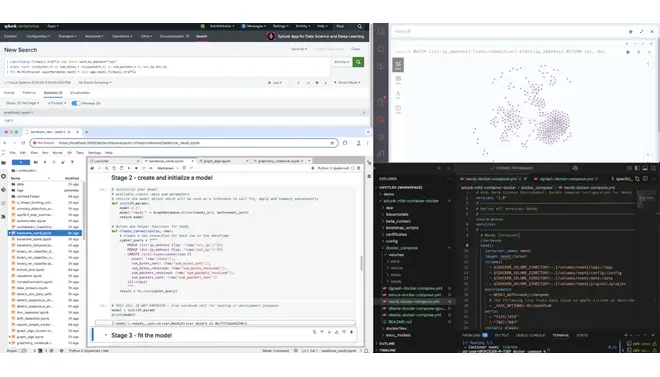
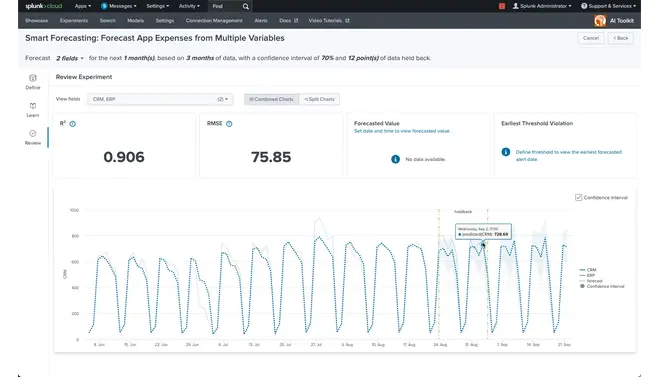
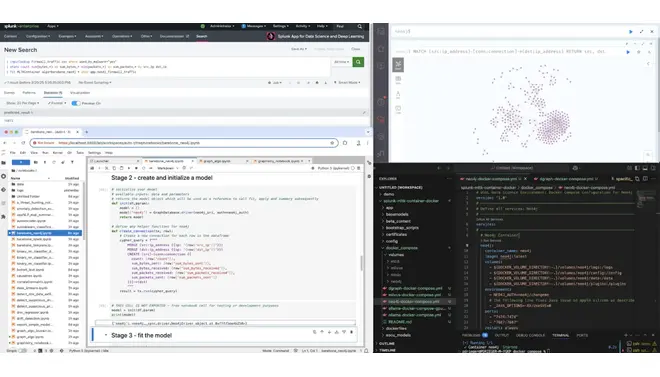
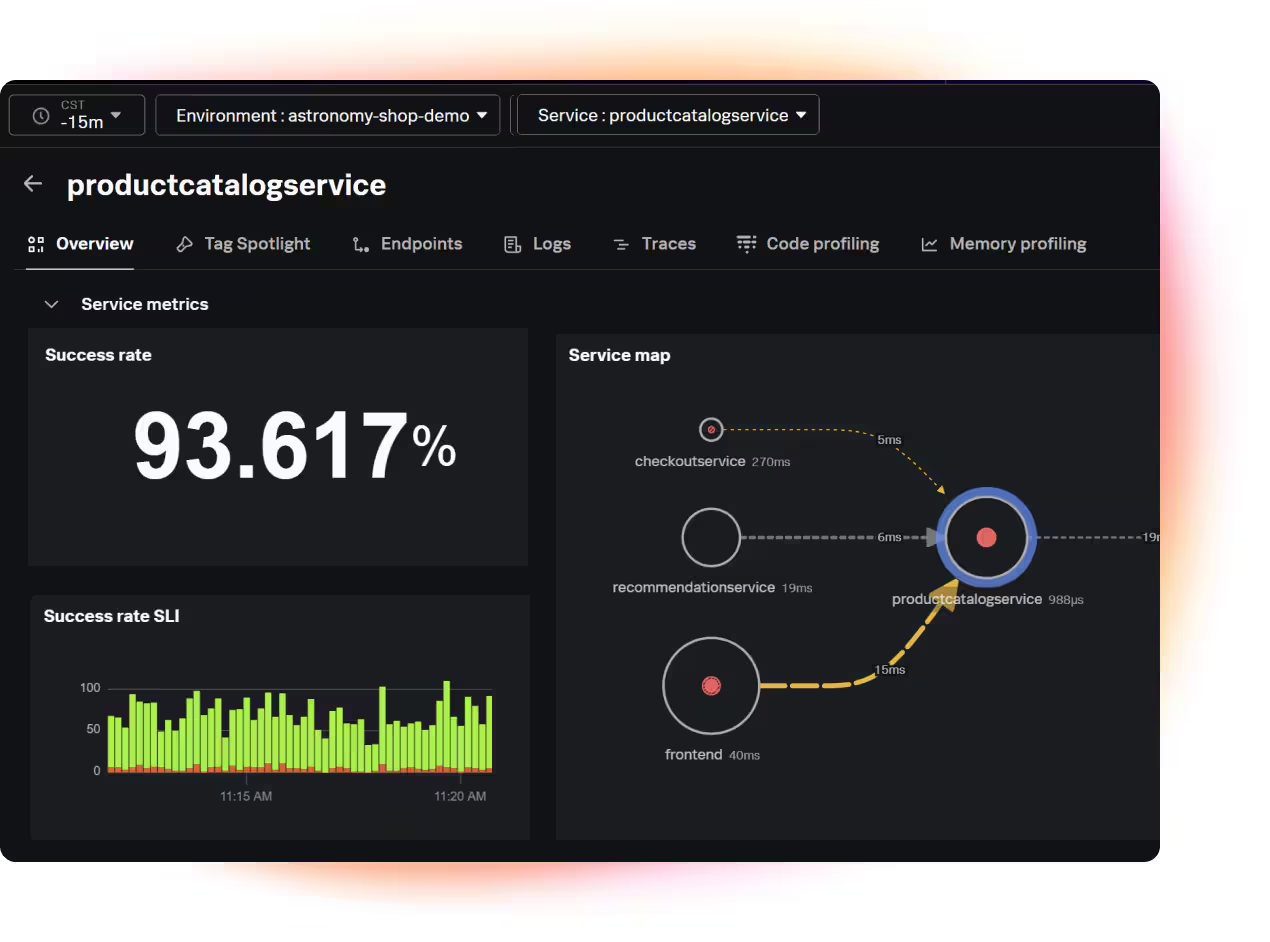
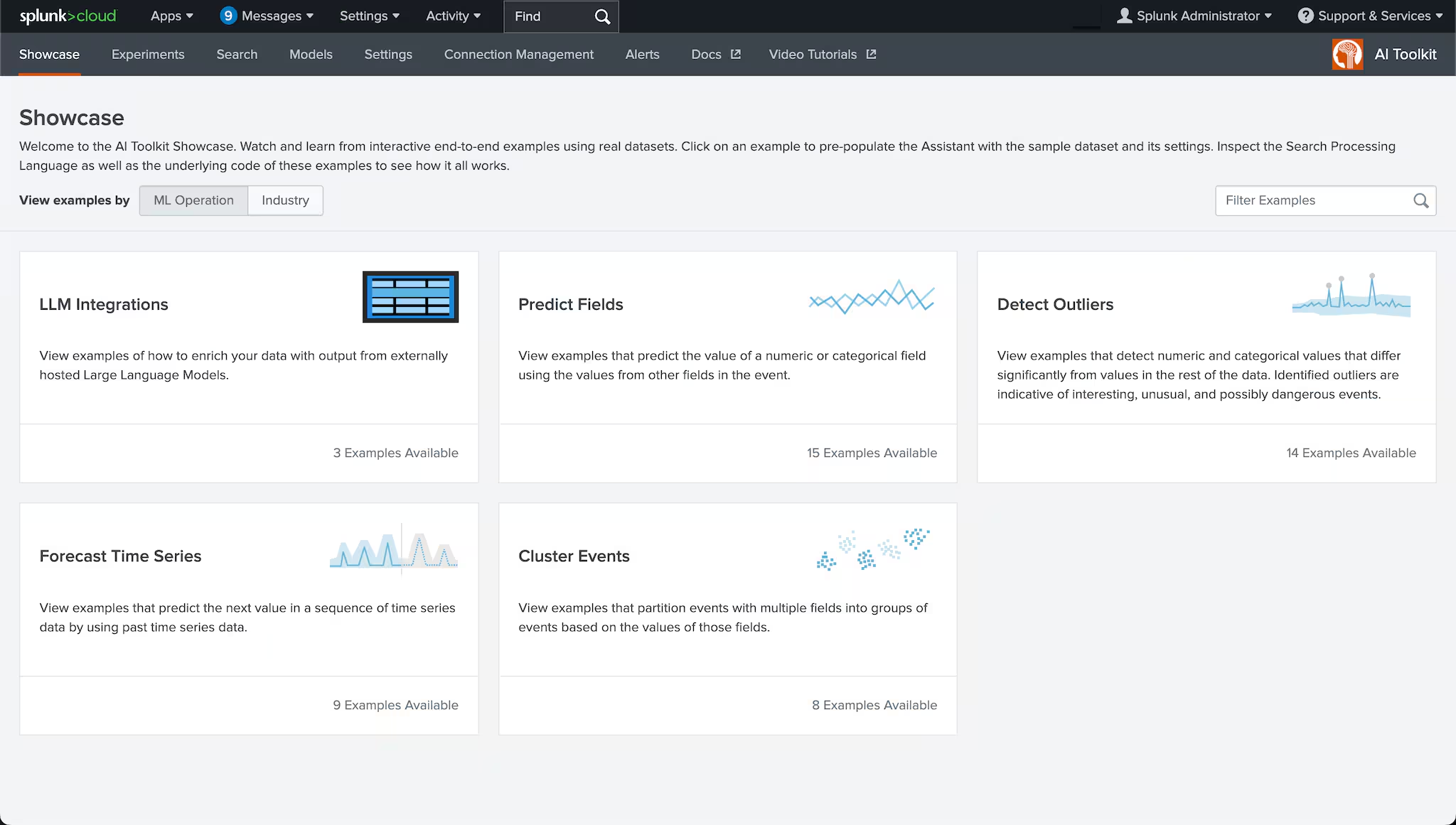



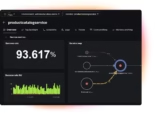

Leave feedback about this